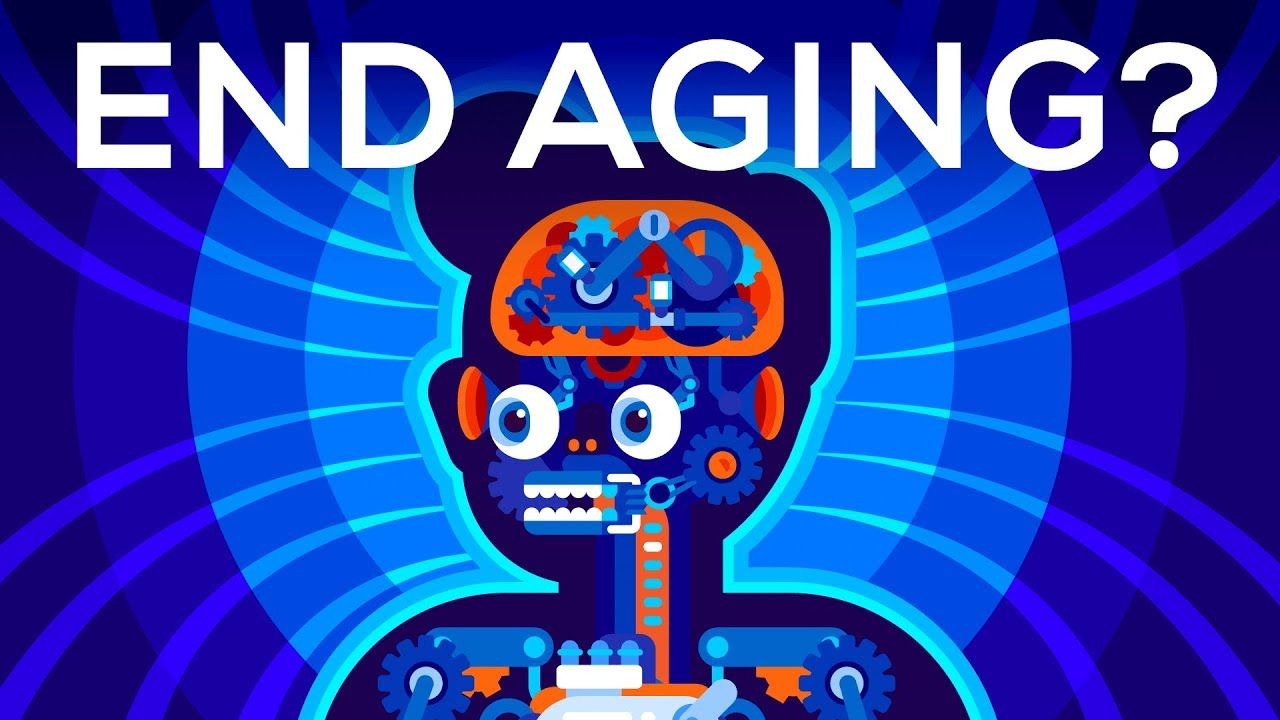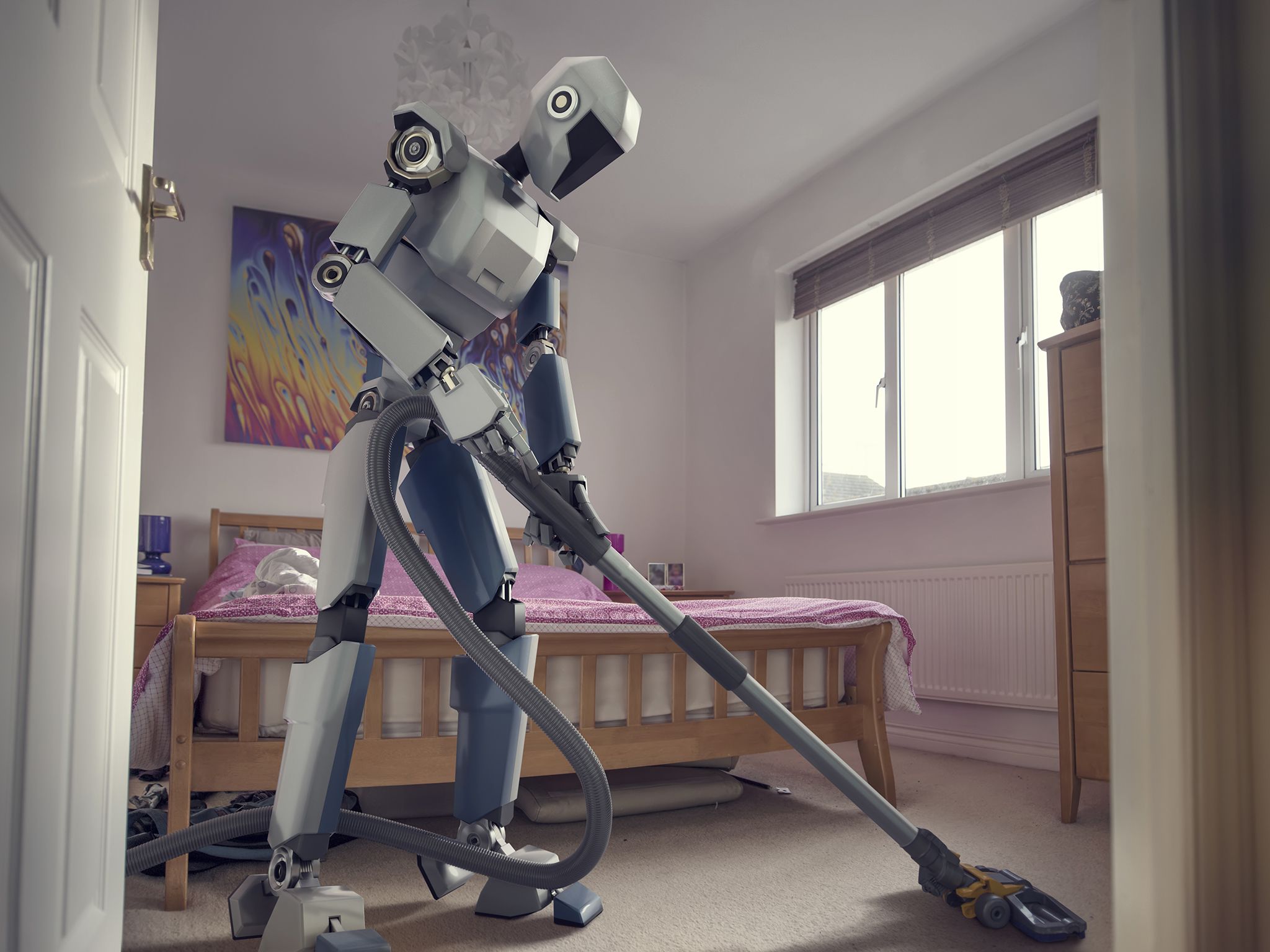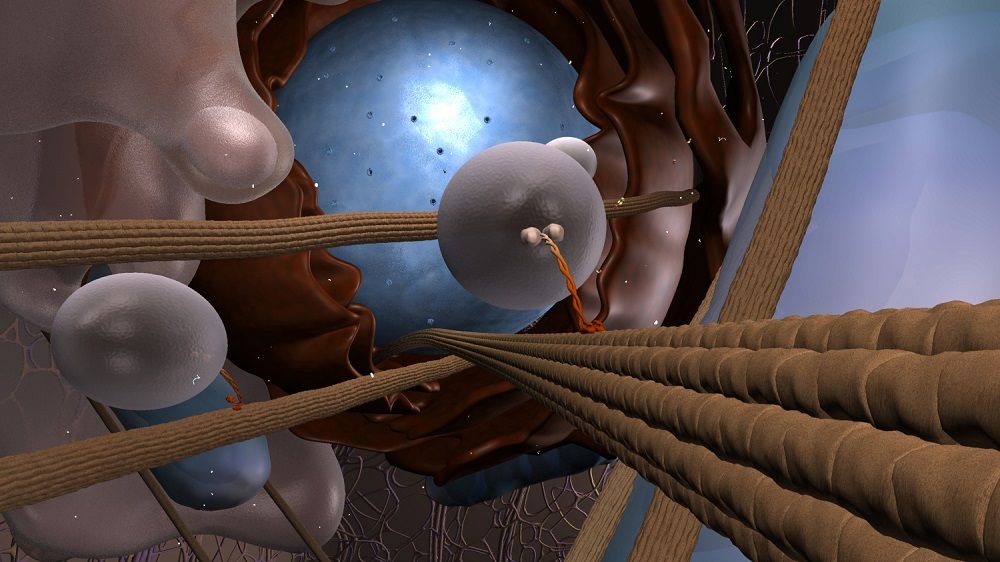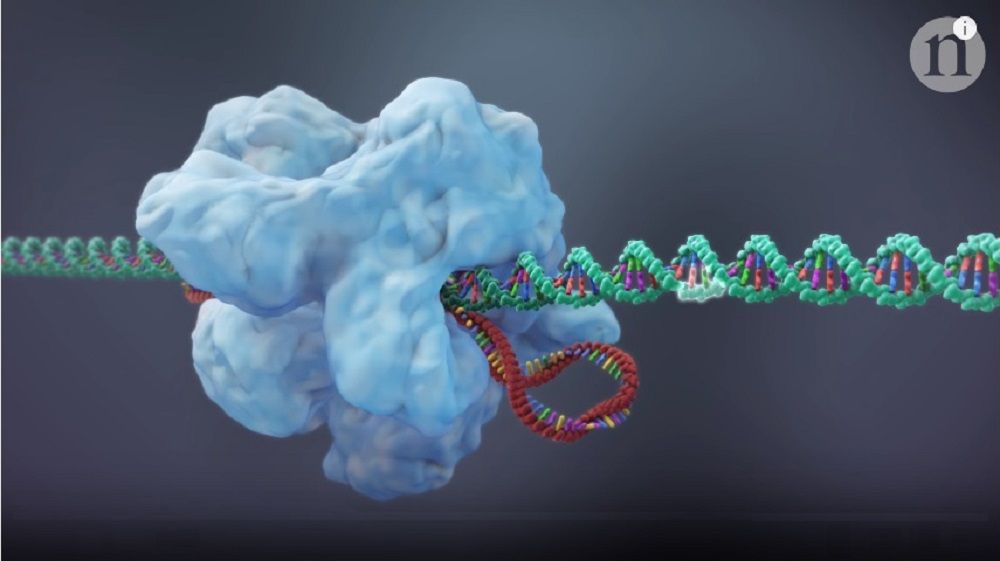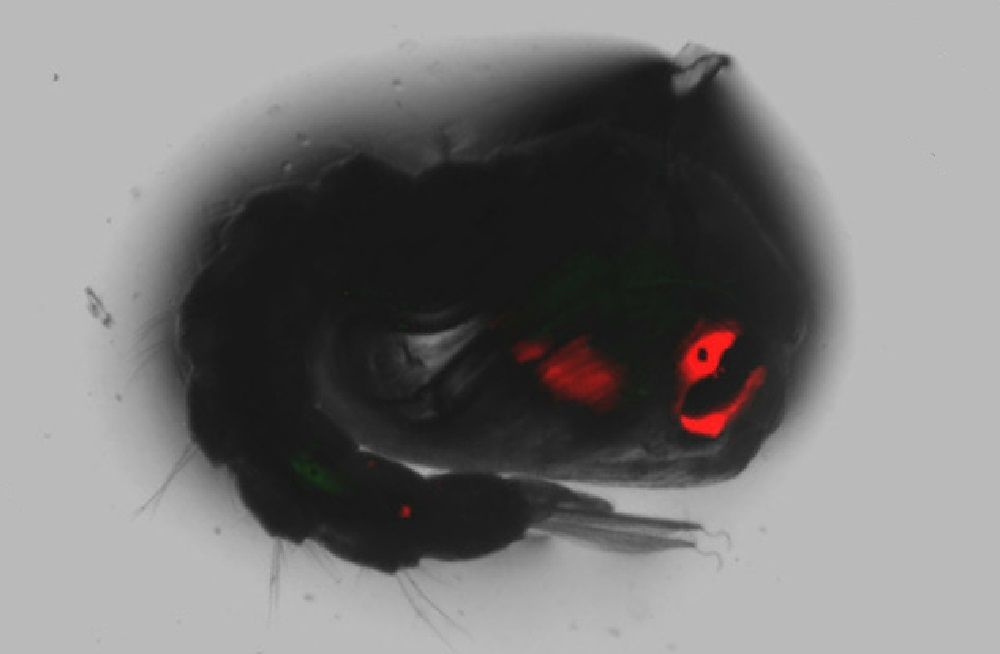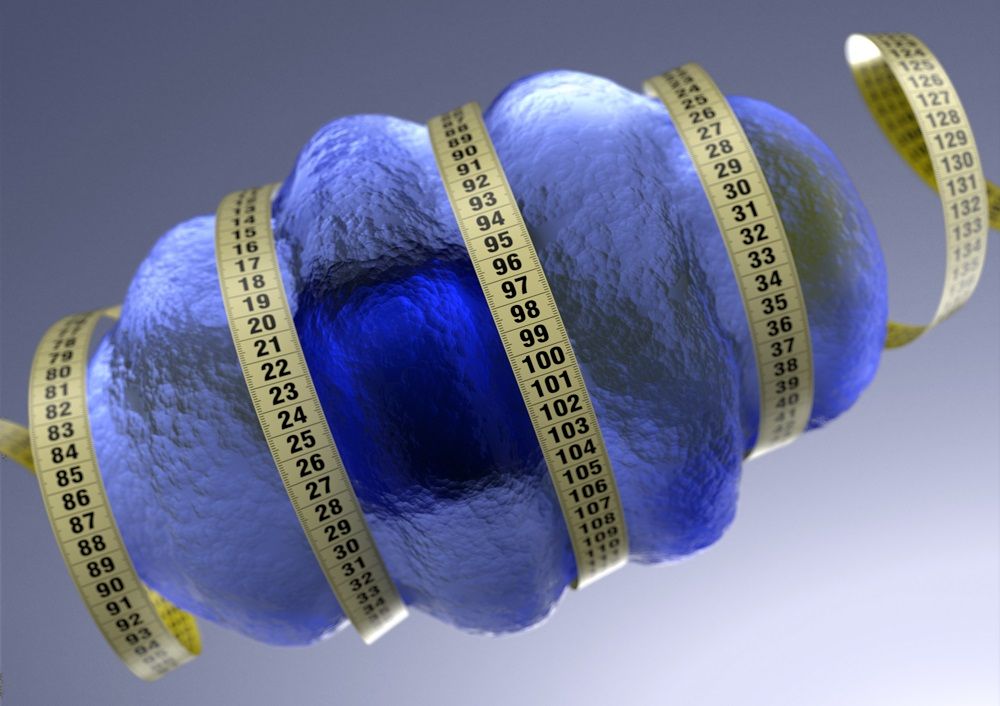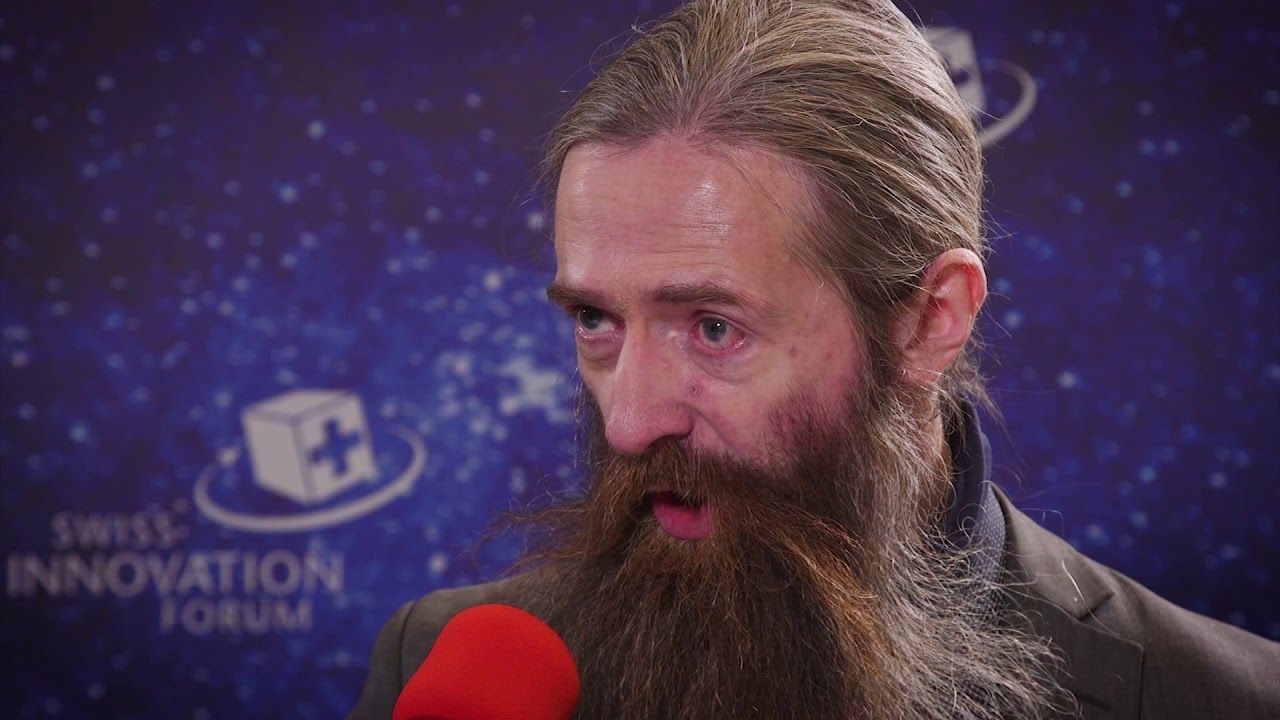
When taken daily, rapamycin causes side effects, the most serious of which include an increased risk of infection due to immune suppression, elevated blood sugar, and an increased risk of type 2 diabetes. Some of the side effects of daily rapamycin therapy are extremely serious, occasionally causing death due to infections. The complete list of side effects reported by daily rapamycin users includes high cholesterol, high triglycerides, glucose intolerance, insulin resistance, new-onset diabetes, anemia, thrombocytopenia, gastrointestinal disorders, sinusitis, respiratory and urinary infections, testicular dysfunction, and skin problems.
Daily vs. Intermittent Rapamycin Therapy
Rapamycin therapy is promising. However, researchers still need to determine the dosage that provides health benefits while eliminating harmful side effects. Scientists think they have already found the answer because rapamycin behaves differently when taken daily, as opposed to intermittently.
Read more
